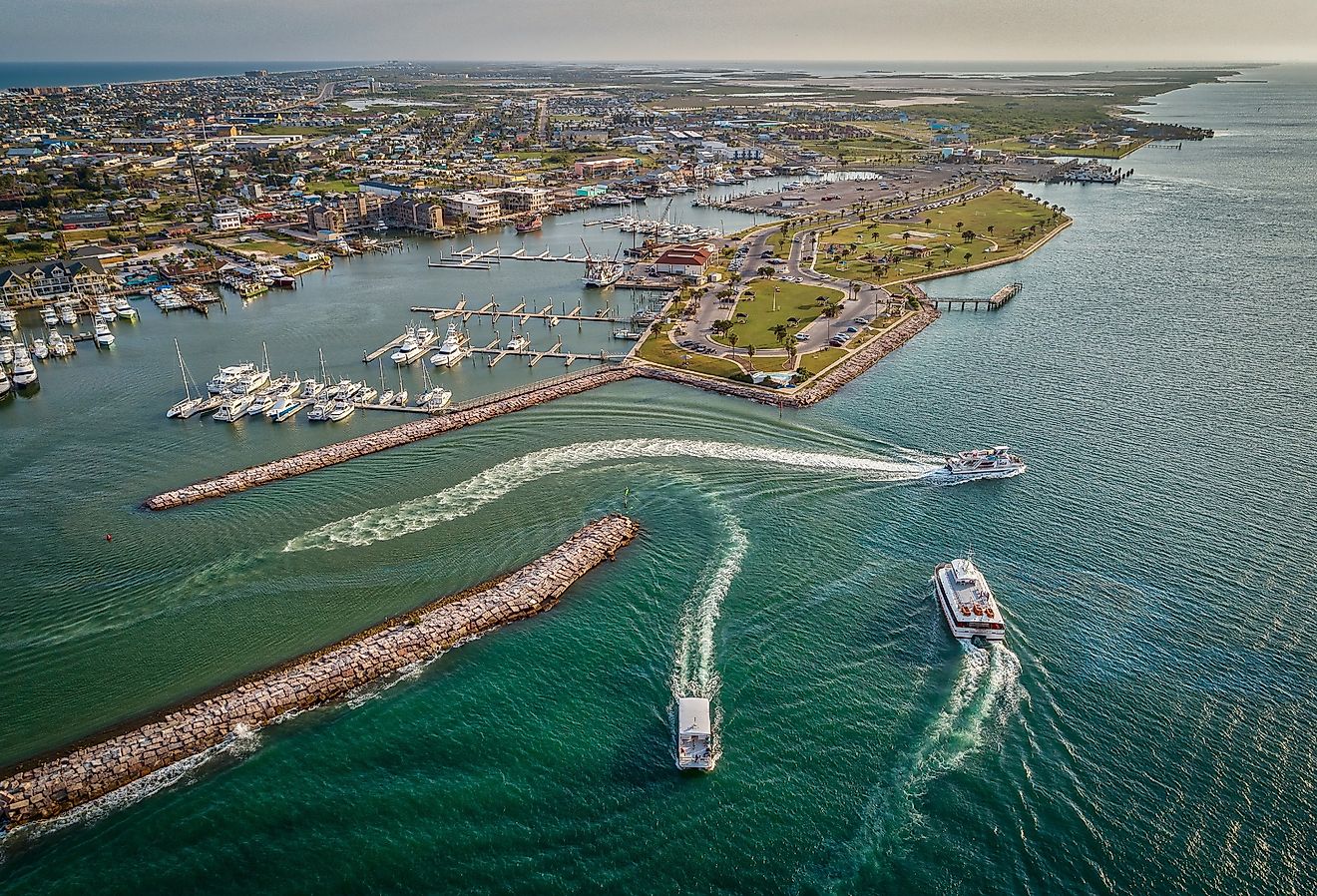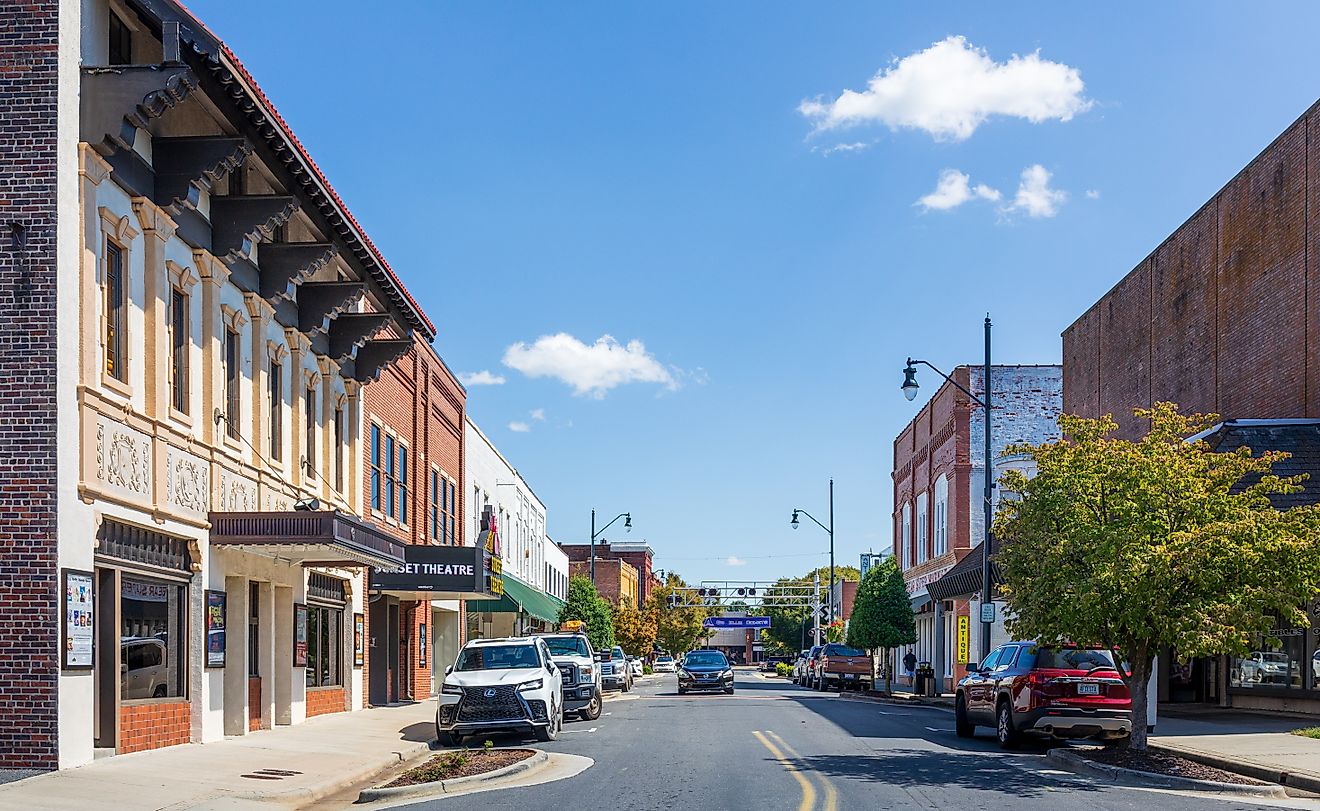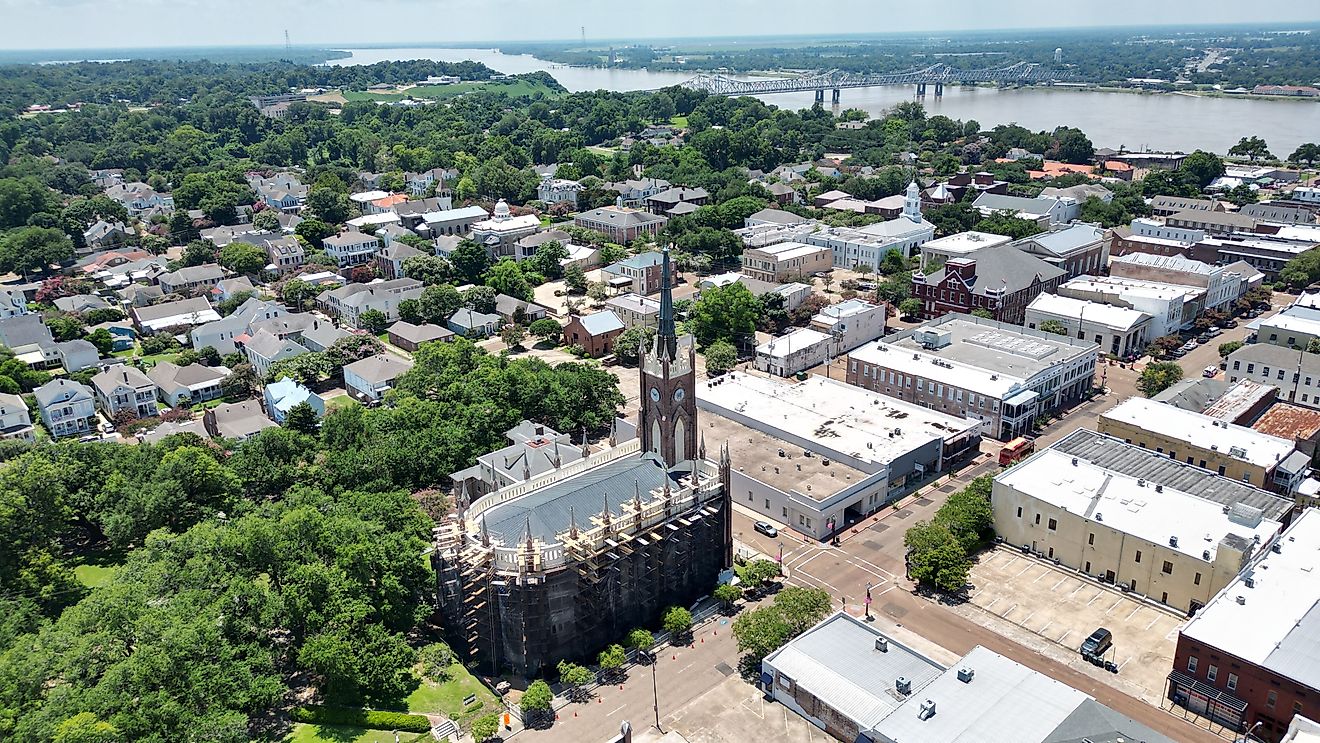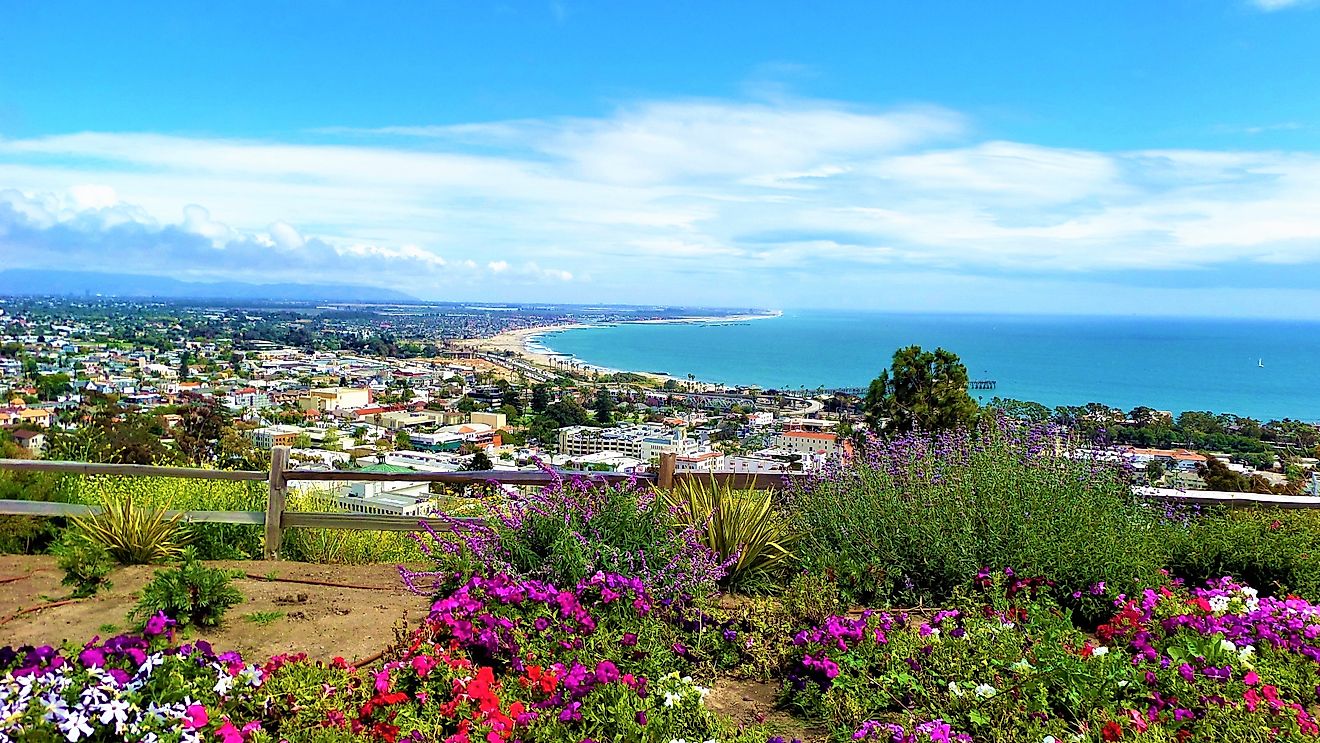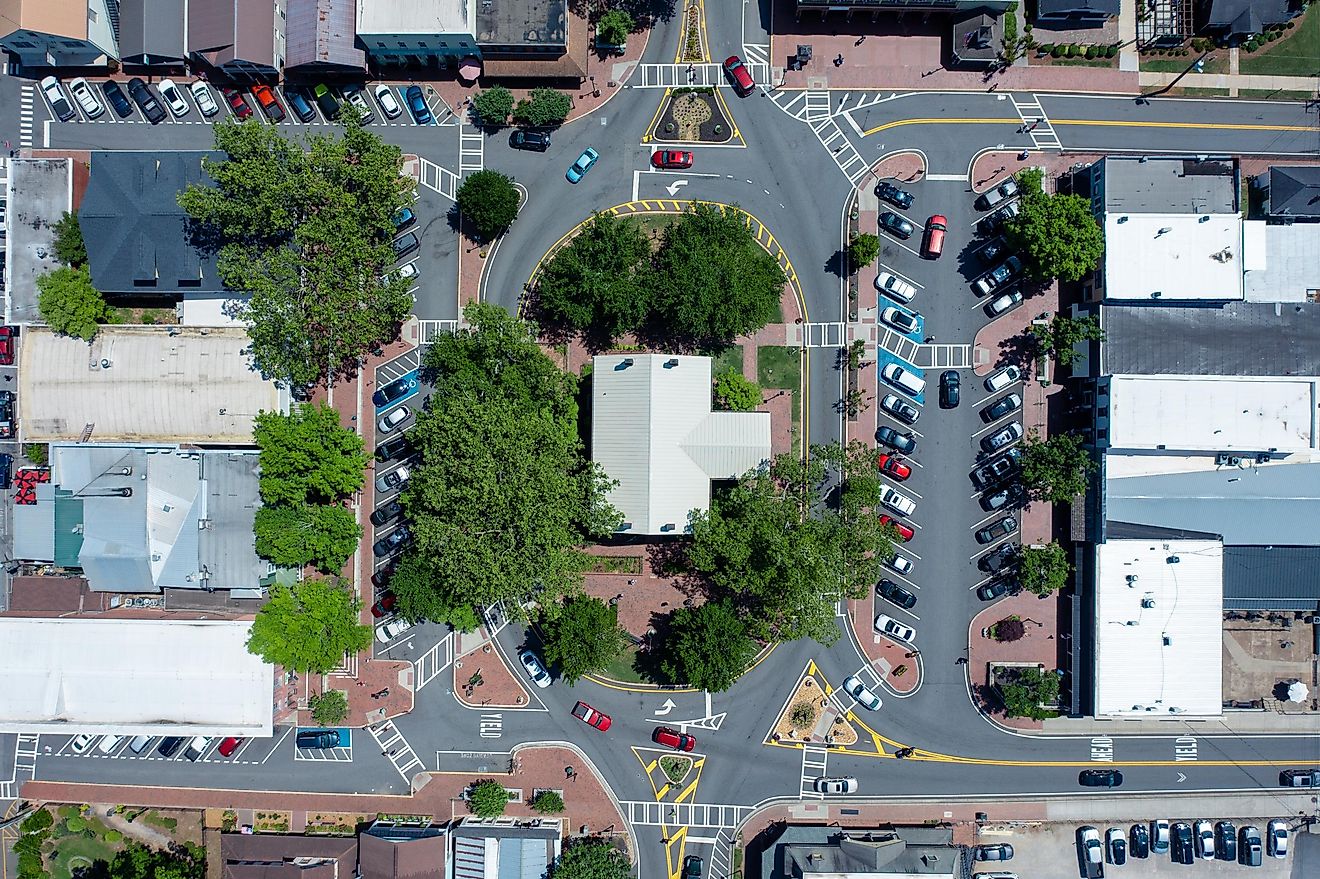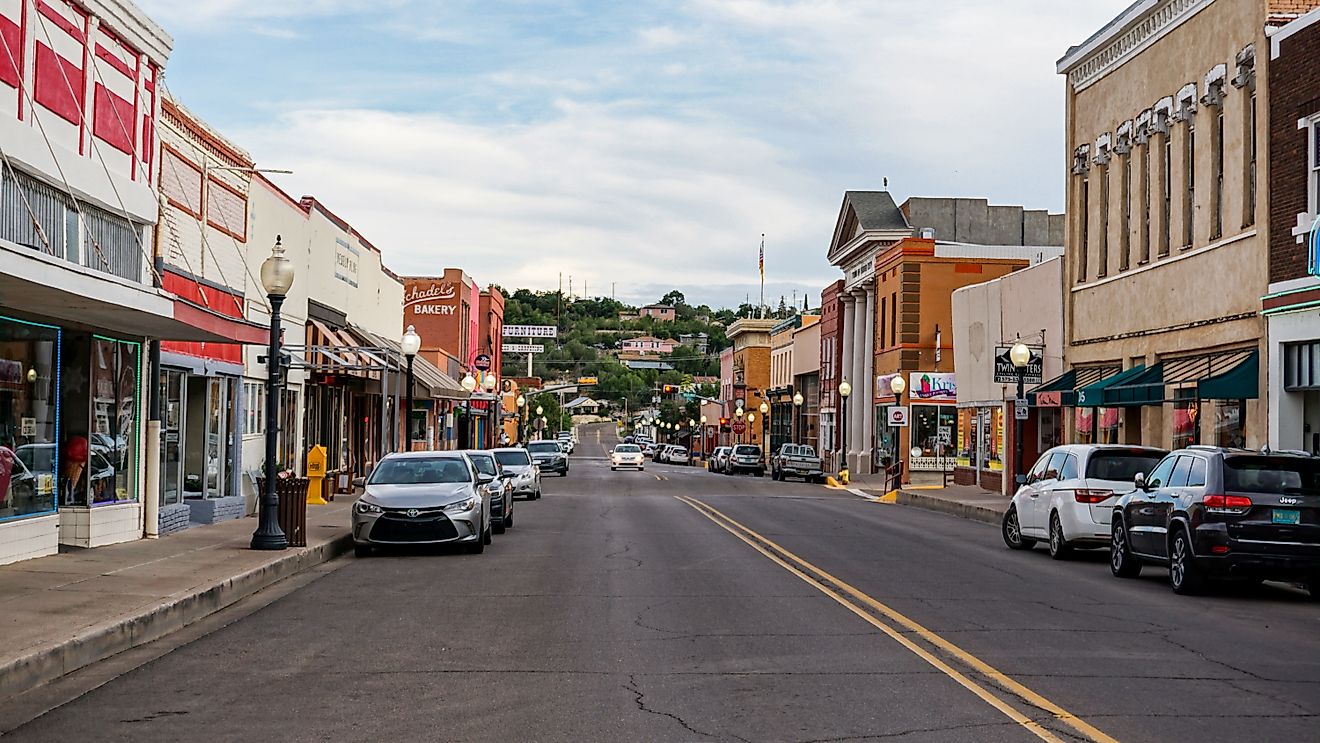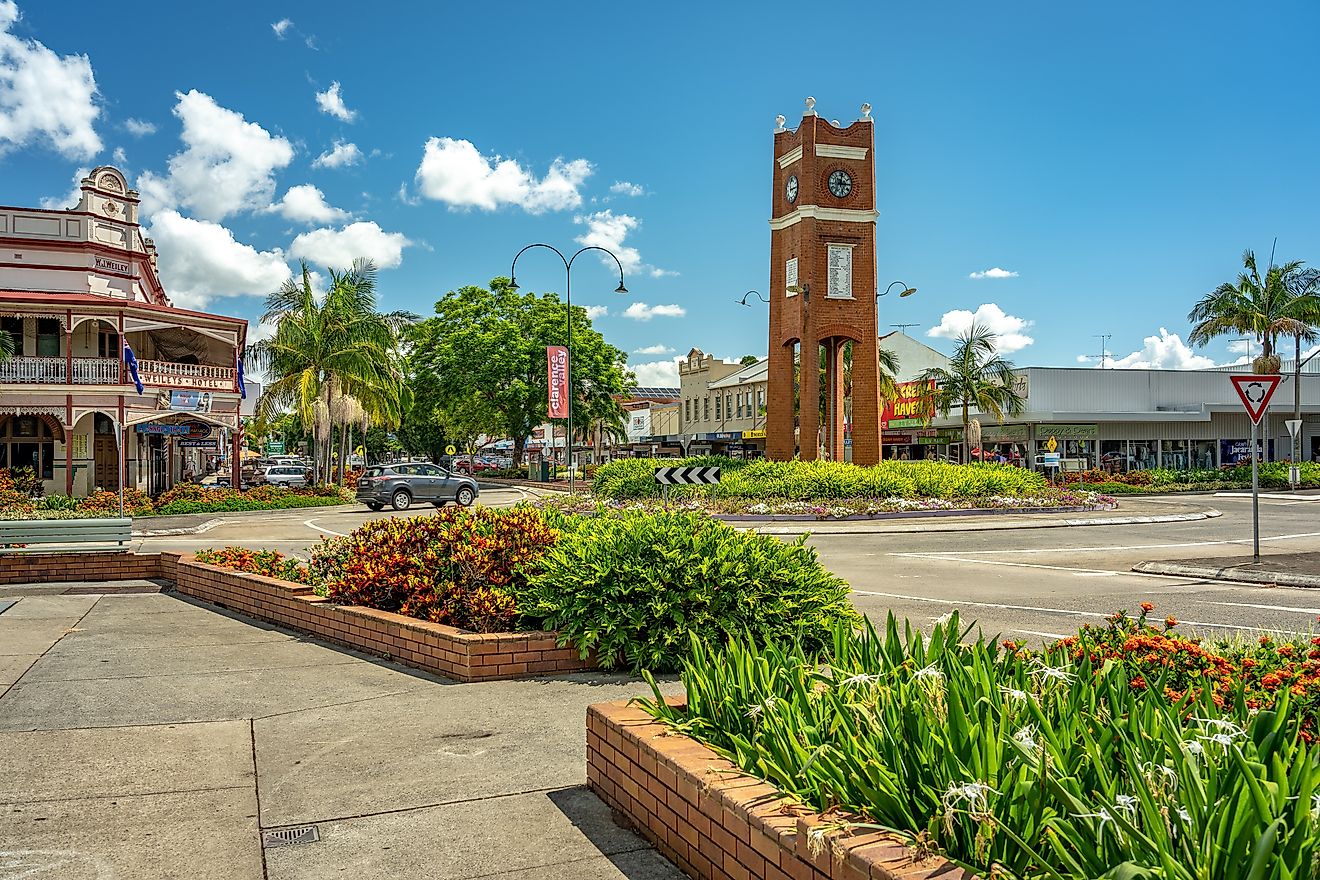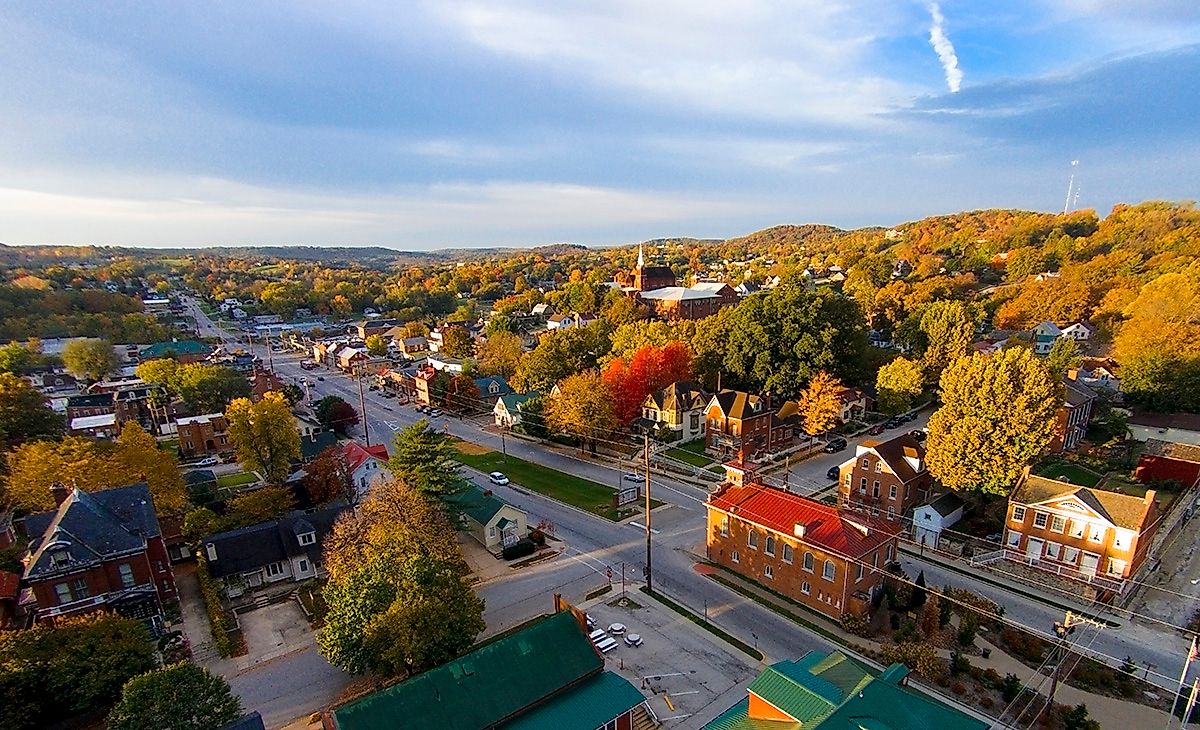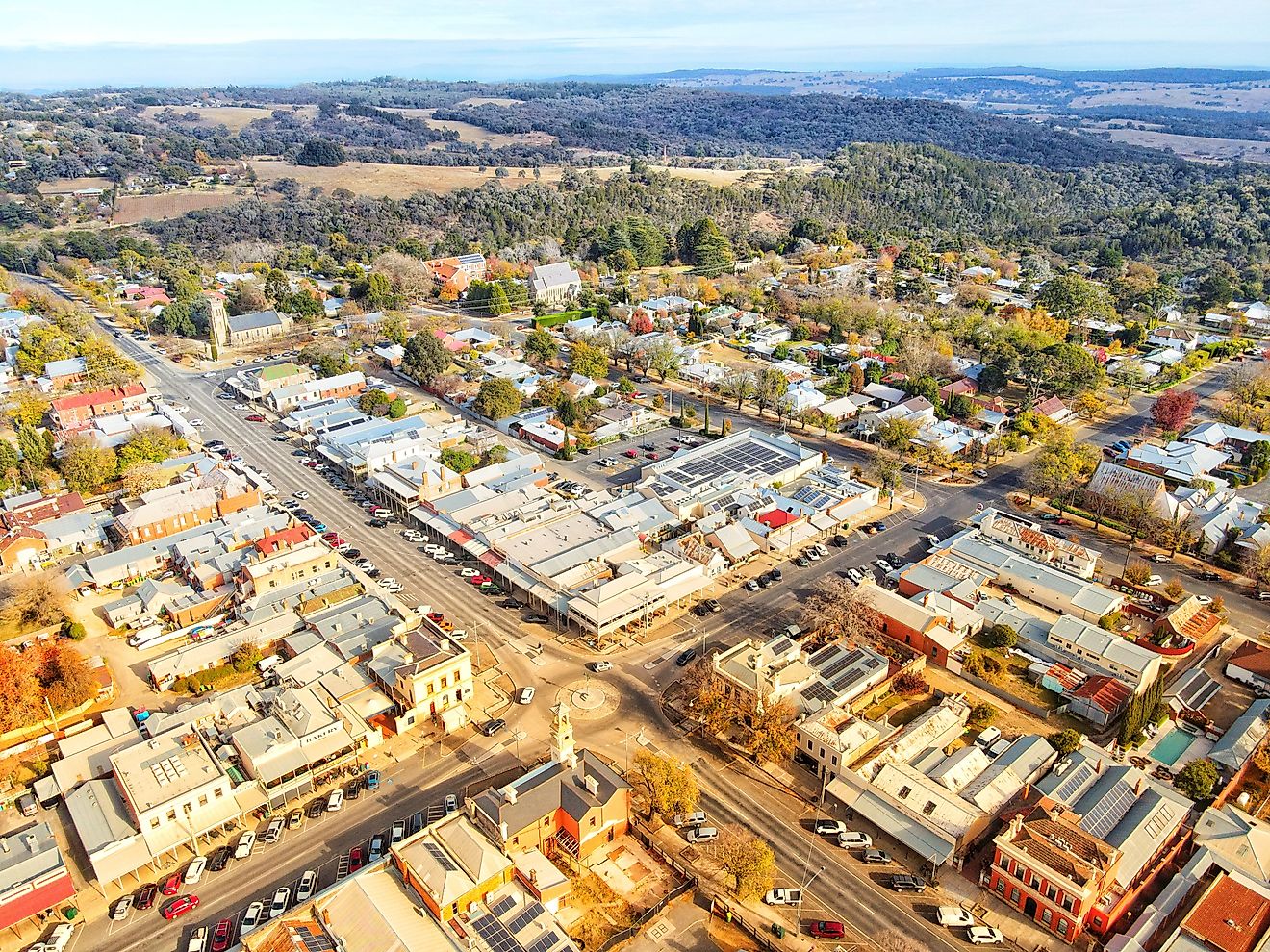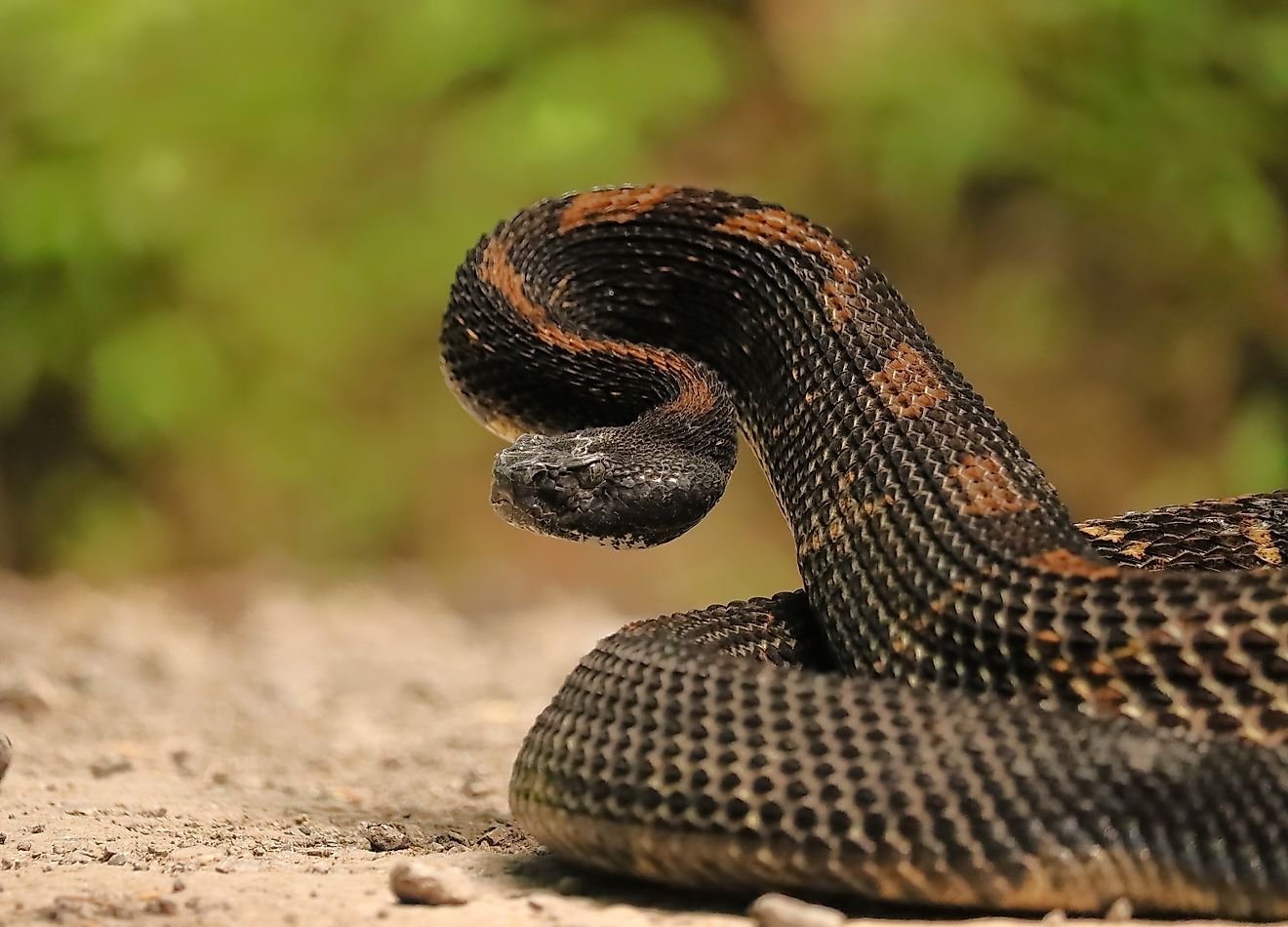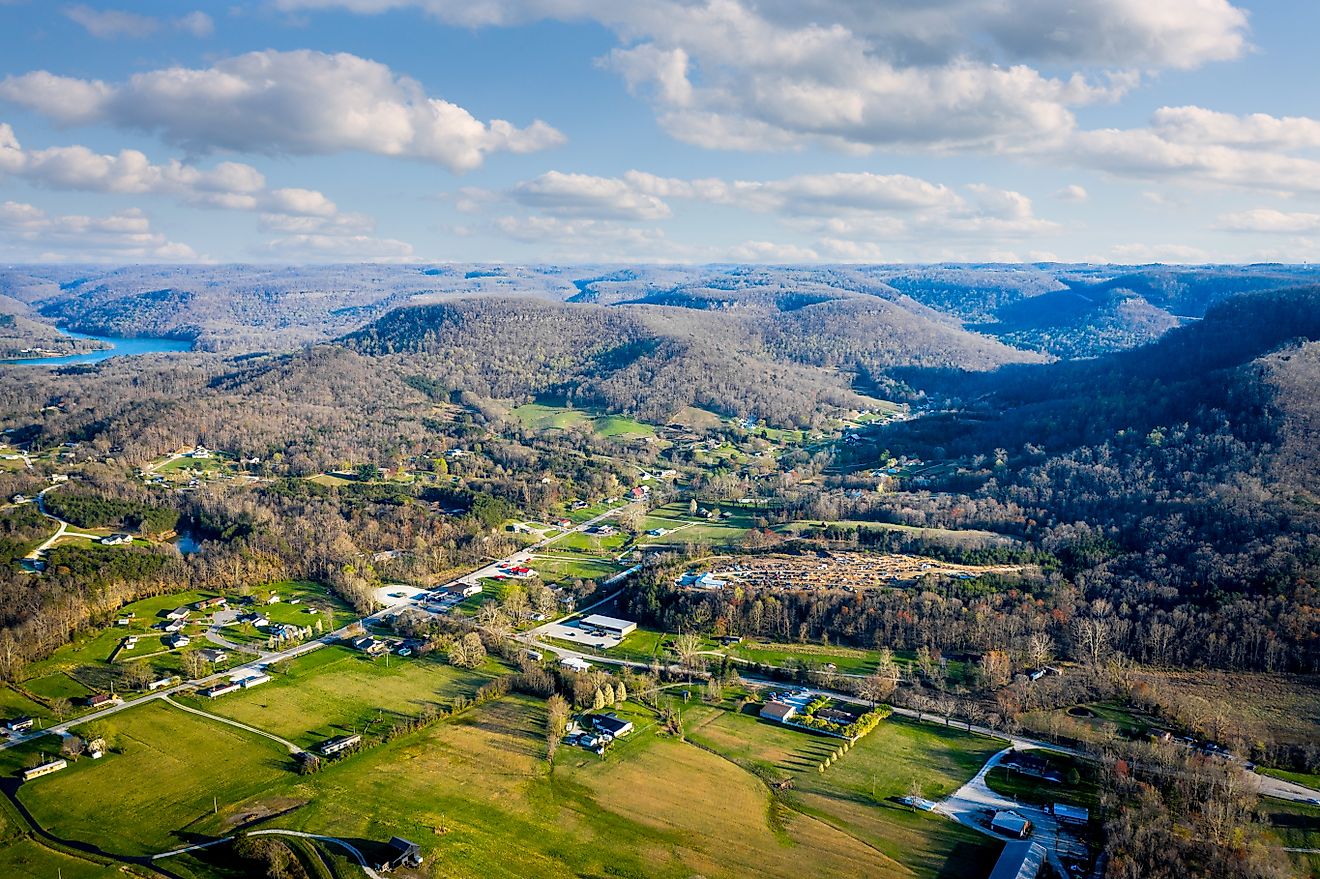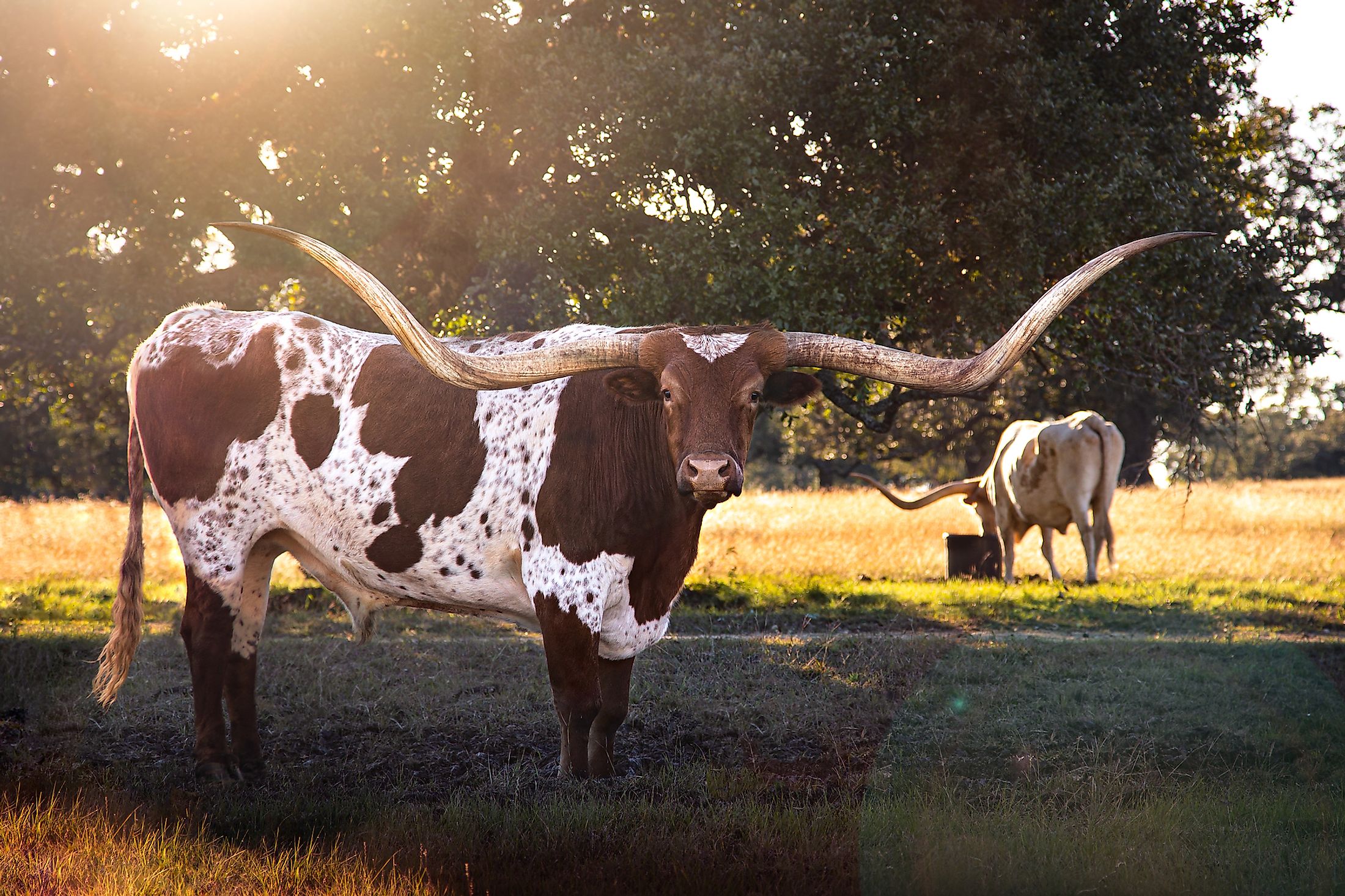
Boerne, Texas
Named after the German author Karl Ludwig Börn, Boerne is the capital of Kendall County in the US state of Texas. In addition to its unique German heritage, the city is renowned for its historically, geologically, and biologically significant locations.
Geography Of Boerne
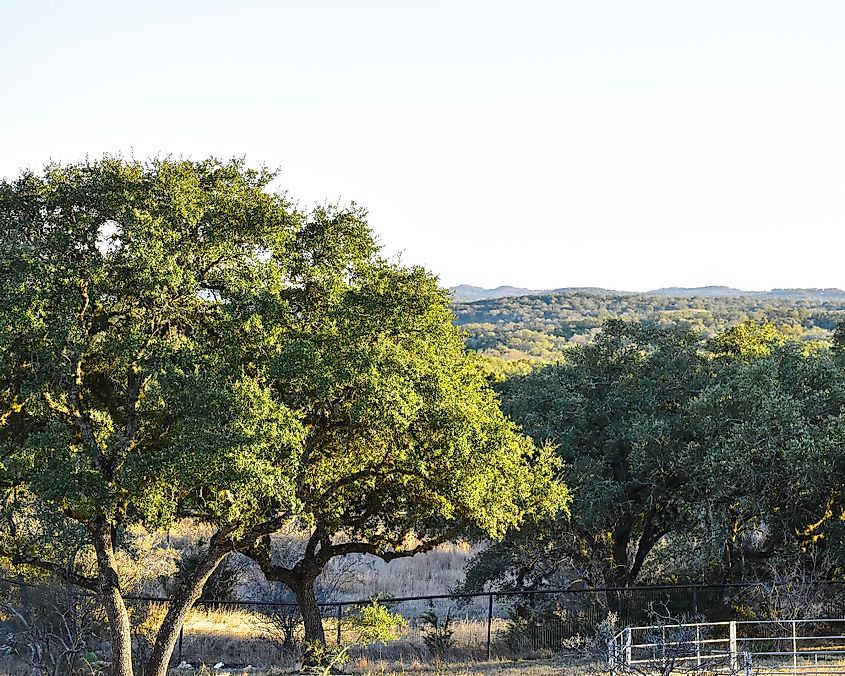
The city of Boerne is located in Kendall County, Texas. In fact, Boerne is the county seat of Kendall County and has an area of 11.24 square miles. The city lies thirty miles northwest of San Antonio, Interstate Highway 10, on Cibolo Creek. The city is also south of Nelson City and is part of the Texas Hill Country. Its geographic coordinates are 29.7946600°N and 98.7319700°W (29.7946600, -98.7319700). As for Boerne’s altitude above sea level, the city has an elevation of 1,526 feet.
Climate Of Boerne
Boerne has a humid subtropical climate according to the Köppen Climate Classification. Given that this city is located in the southern portion of the US, it experiences warm summers and mild winters overall. During the 3.6-month summer period, temperatures range from an average high of 93°F and an average low of 72°F. On the other hand, winter temperatures within the 2.9 months period range from an average high of 61°F and an average low of 39°F. The city annually receives approximately 34 inches of rain and 1 inch of snow through the winter. Moreover, Boerne experiences extreme seasonal variation in perceived humidity, with July being the muggiest month within the April to October period. Boerne is best visited from mid-April to early July or from early September to late October, as this is when clear and rainless days within the 65°F and 80°F temperature range are most common.
Population And Economy Of Boerne
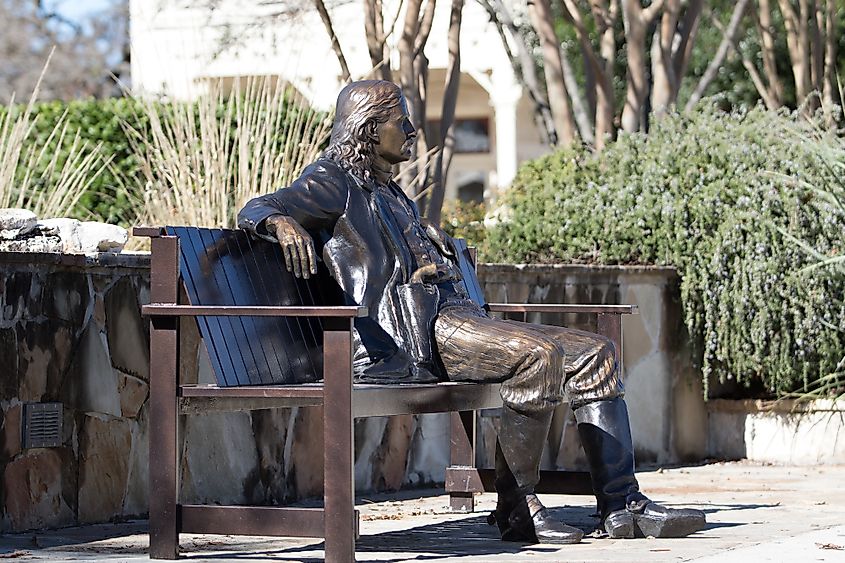
As of 2022, Boerne has an estimated population of well over 21,600 residents and a population density of 1,915 individuals per square mile. The city is currently experiencing a healthy growth rate of 5.54% per year. In fact, Boerne’s population has had a dramatic increase of 106.64% since the 2010 US Census. The vast majority of 87.06% of the population is White, 0.89 African American, 0.35% Hawaiian or Pacific Islander, 0.33% Native American, 0.25% Asian, 7.32% other races, and 3.81% is a mix of two or more races. By 2019, 95.4% of individuals residing in Boerne were US citizens. 86.8% of Boerne’s population can only speak English, whereas 12.3% can speak Spanish, and the remaining 0.9% can speak another language. Moreover, the city has a median age of 38.6, which is higher than the median age of 35.1 for Texas. The median age can be further broken down to median male age of 35.6 years and median female age of 40.7 years.
The city currently has an employment rate of 60.1% and a poverty rate of 7.15%. In addition, Boerne’s median household income is USD 94,334 out of a total of 5,452 households in 2019. In terms of housing, the city had a median property value of USD 286,300 in 2019, a marked increase from 2018’s median value of $259,600. Boerne’s largest industries are health care and social assistance with well over 1,000 individuals and retail trade with over 800 individuals. When it comes to Boerne’s highest paying industries, these are transportation and warehousing with a mean of USD 201,413, mining, quarrying, and oil and gas extraction with a mean of USD 145,940, and agriculture, fishing, forestry, hunting, and mining with a mean of USD 145,830. As of 2019, the mean male salary in Texas was USD 68,707 for men and USD 49,245 for women.
Brief History Of Boerne
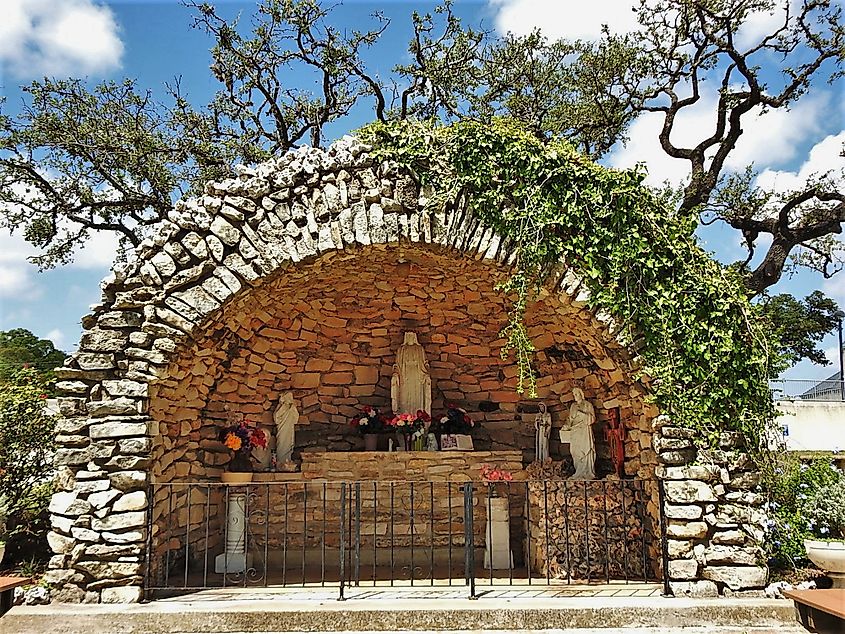
Boerne was initially founded in 1852 by John James and Gustav Theissen. The city was named after German author and publicist Karl Ludwig Börne, who had written extensively about the promising area but never managed to set foot in the US given his untimely death in 1837. German and Prussian immigrants began to migrate en masse to Texas, given the economic opportunities and the associated freedoms. Thus, the community was dominated by German cultural tradition. Examples of such traditions include the establishment of the singing society, Boerne Gesang Verein in 1860, the shooting club, Boerne Schuetzen Verein in 1864, and the Boerne Village Band. Despite slow initial growth, Boerne’s location next to the Camino Veijo Trail, an established Native-American trade route, improved the city’s status and exposure. By the early 1900s, Boerne had over 800 residents.
Despite this promising growth, the Great Depression promptly halted all the progress made on the tourism and cotton farming fronts, both of which formed key staples of the economy. The city’s population was subsequently highly affected by both World Wars. This is evident by the drastic population loss witnessed between 1928 and 1931, as the population dropped from an estimated 2,000 to 1,117 residents. As overall economic conditions became more favorable, the population started to recover and gradually grow in the 1960s. Such growth continued well into the 1990s as the population exceeded 5,000, thereby making the city eligible for home rule. Voting in favor of home rule allowed the accelerated growth witnessed in the late 1990s and the early 2000s, as the population reached an all-time high of well over 10,000.
Tourist Attractions In Boerne
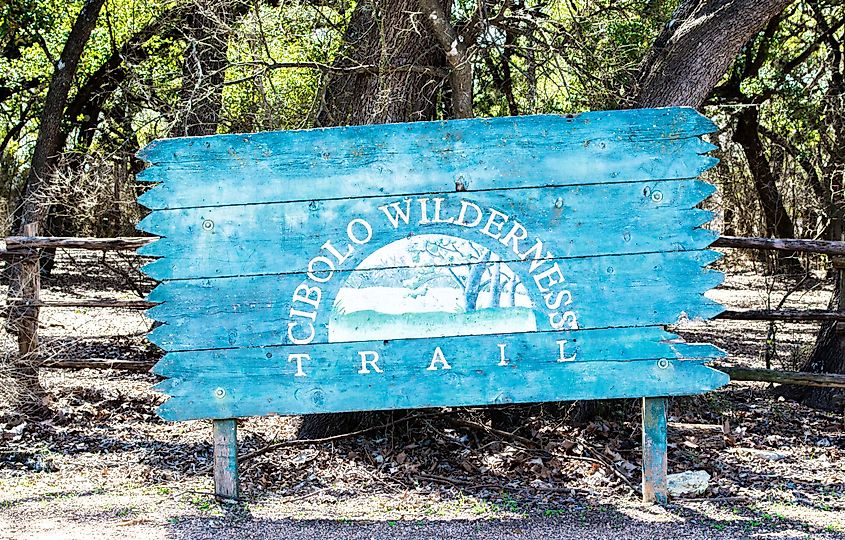
Cascade Caverns
Cascade Caverns is considered to be Boerne’s oldest tourist attraction, as it has been open to the public since 1932. It is the only natural cave in Texas that hosts an interior waterfall. These limestone caverns are not only historically and geologically significant but also biologically significant given the number of unique and unusual animal species that live in the cave, some of which cannot be seen anywhere else, such as the Cascade Cavern Salamander.
Cibolo Center for Conservation
Another prominent natural touristic attraction is the Cibolo Center for Conservation. Visitors have access to more than 6 miles of trails and can even wade in the pristine waters of the Cibolo Creek. Yet perhaps the most unique of its features are the 100-million-year-old dinosaur footprints that were exposed after heavy flooding in 1997.
